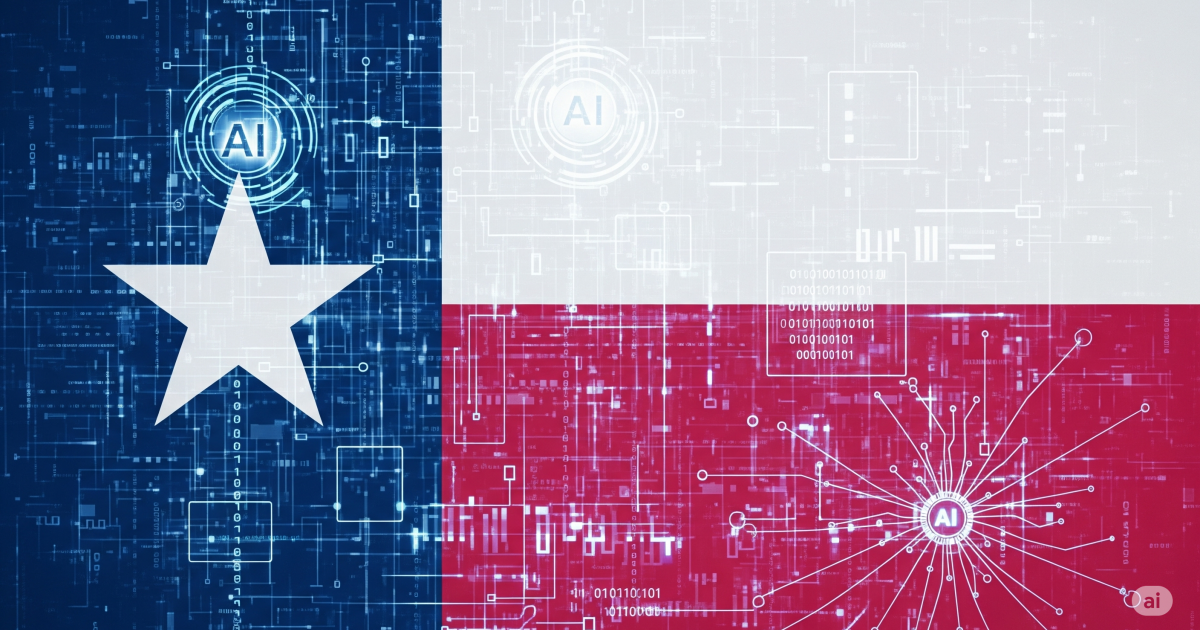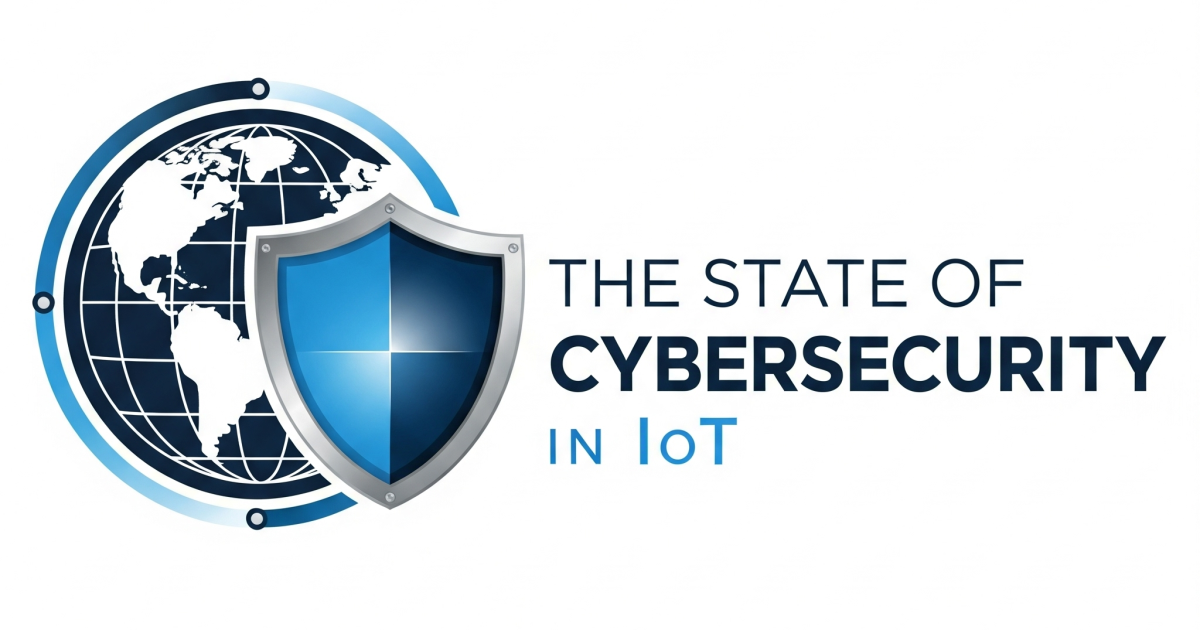Industrial Internet of Things (IIoT) networking and communications technology are increasingly critical to the daily operations of a connected, industrial world. With a greater dependence on providing reliable and secure high-speed connectivity to personnel, smart devices, machinery and many other geographically dispersed assets, everyone in an organization relies on powerful, yet flexible, data communications for the business demands. The overall value proposition that these technologies bring is important for decision-makers to adopt and integrate into their critical infrastructure projects that serve the surrounding population. Some of the main benefits are:
- Optimizing resource utilization for increased efficiency
- Increasing real-time visibility into potential failures and key operational factors
- Reducing costs and environmental impact through monitoring/control
- Automating safety and security measures to reduce critical event response time
- Policy management to improve regulatory and compliance enforcement
- Enabling flexibility, scalability and mobility of networks to increase agility
When industrial automation was first picking up speed in industries like oil and gas and utilities, there was a heavy focus on how Supervisory Control and Data Acquisition (SCADA) systems helped collect and transfer critically important data. SCADA systems are still very relevant today, but communications technology has evolved, especially with the adoption of wireless Machine-to-Machine (M2M) communications becoming important in allowing operators to access more data from more access points.
Complete connectivity through Industrial IoT technology can further help organizations connect and collect more data. With wireless technology in particular, it is now possible to reach even the most remote locations and transfer data reliably. Industrial organizations are “digitizing” their operations and creating a connected infrastructure with IP connections, rather than using more traditional serial technologies. With IP enabled sensors or IP/IIoT enabled Access Gateways, the data generated by sensors at an asset location can be valuable to more than just the central control system. This might mean M2M communication with sensors talking directly to each other. It may mean that multiple systems consume the live, real-time sensor data directly from any location in the field. It may even mean that operators connect their sensors directly to the cloud or back office systems. If there is a way to share critical data that addresses security issues and can help provide information to key data users, then that information becomes increasingly valuable.
Our critical infrastructure energy projects are only as reliable and secure as the technology serving them. Security will ultimately be the limiting factor on how much IoT is deployed. The traditional “either ‘easy to use’ or ‘secure’, but not both” axiom is still relevant. IoT solutions often use widely deployed security technologies from the Internet to avoid the custom, one-off solutions of past industrial security. IP technology makes it easier to deploy and talk to sensors, but it also makes it easier for intruders to see and snoop on your valuable data streams. Security through obscurity is not a solution. There are many common attack vectors for industrial devices that become even more relevant when considering the IIoT infrastructures and fully networked, geographically dispersed energy projects.
Oil and gas, for example, is a security-conscious industry. The data that is transmitted via IoT technologies can be extremely useful, if it can meet the security requirements while data is being transferred. With the use of TLS/SSL and basic AES-128 data encryption, even in an Industrial IoT environment where data moves across an open network and it is assumed that an unauthorized party could potentially see the traffic on that network, secure connections can be established. When the data is properly encrypted, an unauthorized party cannot access the data even if they can see it in the network. In wireless connections, standards-based connections will allow relatively easy access to the network itself, leaving just the software encryption to prevent snooping.
In oil and gasm for example, data gathered and transmitted via IoT technology could identify the use or failure rate of a certain type of control equipment. If the failure rate of this equipment was consistent and data was then accessed and analyzed by the producer or trade group, they might be willing to pay users for that data. If efficiency can be improved by just a small percentage then there are billions and billions of dollars to be saved by creating efficiencies. These are the same promises of SCADA, but with IoT, the industry is now looking at how every single asset, across every facility, can be connected, making data readily available to key decision makers whenever it is needed.
Overall, it’s clear that industrial organizations, such as oil and gas producers, must consider some important questions in regards to security of their data transport before ever selecting a technology.
Edited by
Ken Briodagh





